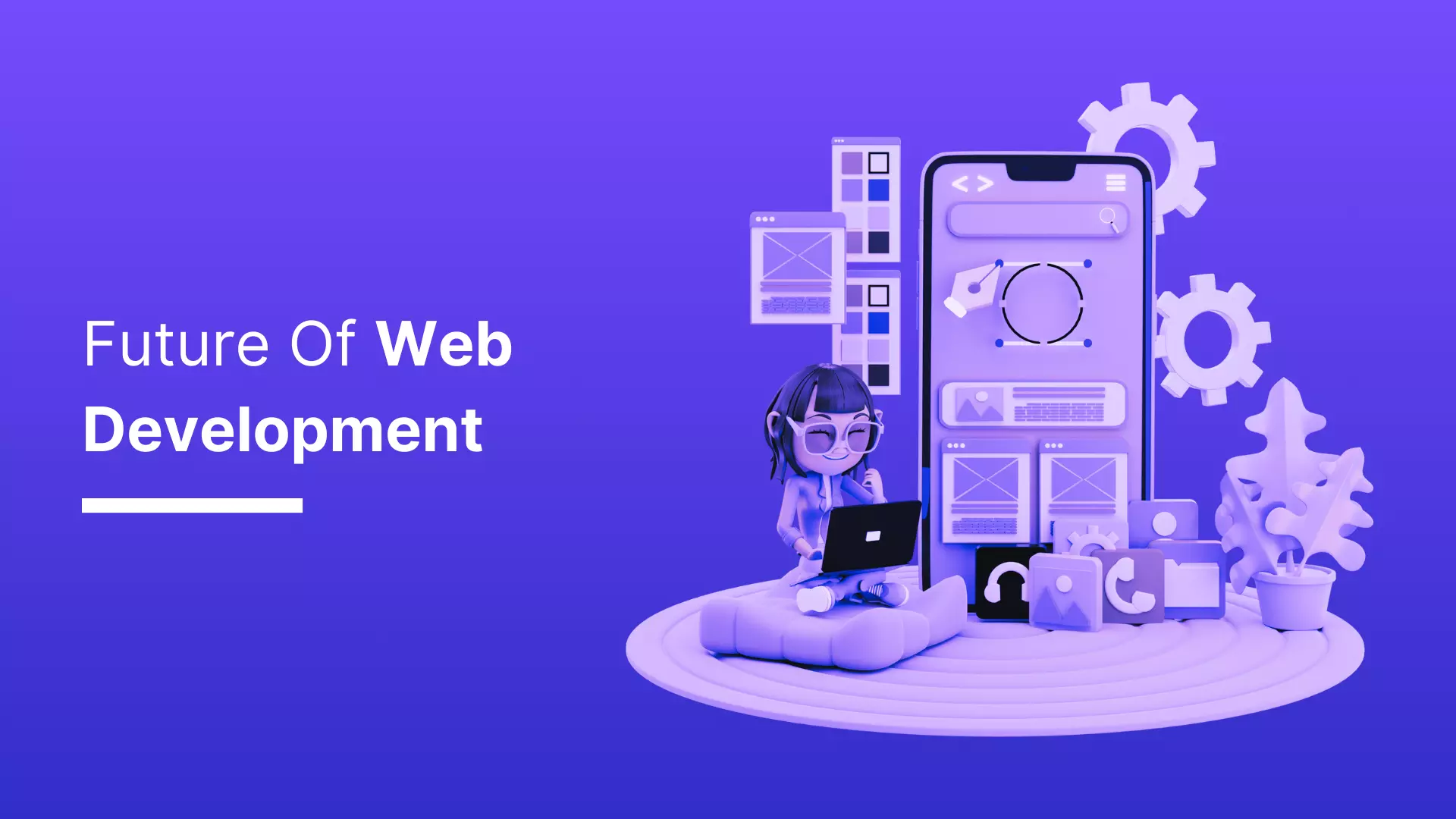Front-End Development Trends in 2025: What Every Developer Should Know
27 August 2025

Front-end development is evolving faster than ever, driven by the need for modern, interactive, and responsive digital experiences. In 2025, developers are no longer just building static interfaces; they are crafting dynamic ecosystems powered by AI, real-time data, and advanced frameworks.
One of the biggest shifts is the rise of AI-driven development tools that help automate code generation, improve accessibility, and enhance design-to-code workflows. Tools like GitHub Copilot, V0, and AI-assisted UI builders are becoming standard in every developer’s toolkit.
Frameworks are also becoming more powerful yet simpler. Next.js 15, React Server Components, and Astro are shaping the way we think about performance and scalability. Paired with WebAssembly (WASM), developers can now bring near-native performance to the browser, opening doors to heavy applications like 3D rendering, video editing, and gaming directly on the web.
Another major focus is performance and Core Web Vitals. With Google ranking websites based on user experience, front-end engineers must prioritize fast-loading websites, optimized images, semantic HTML, and responsive design. Additionally, accessibility (A11Y) is no longer optional—modern web apps are being built to serve users of all abilities.
Finally, the front-end landscape is embracing low-code and no-code platforms. These tools empower non-developers to build websites, while experienced developers focus on crafting highly customized and scalable solutions.
In short, the future of front-end development in 2025 is about building faster, smarter, and more user-friendly web experiences with the help of AI, modern frameworks, and performance-focused best practices.